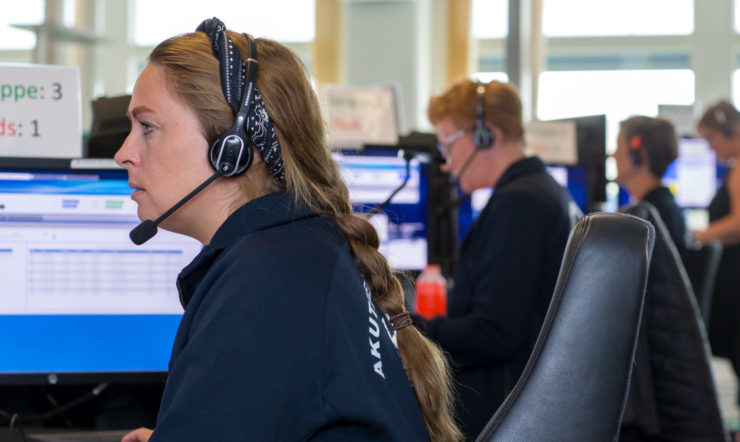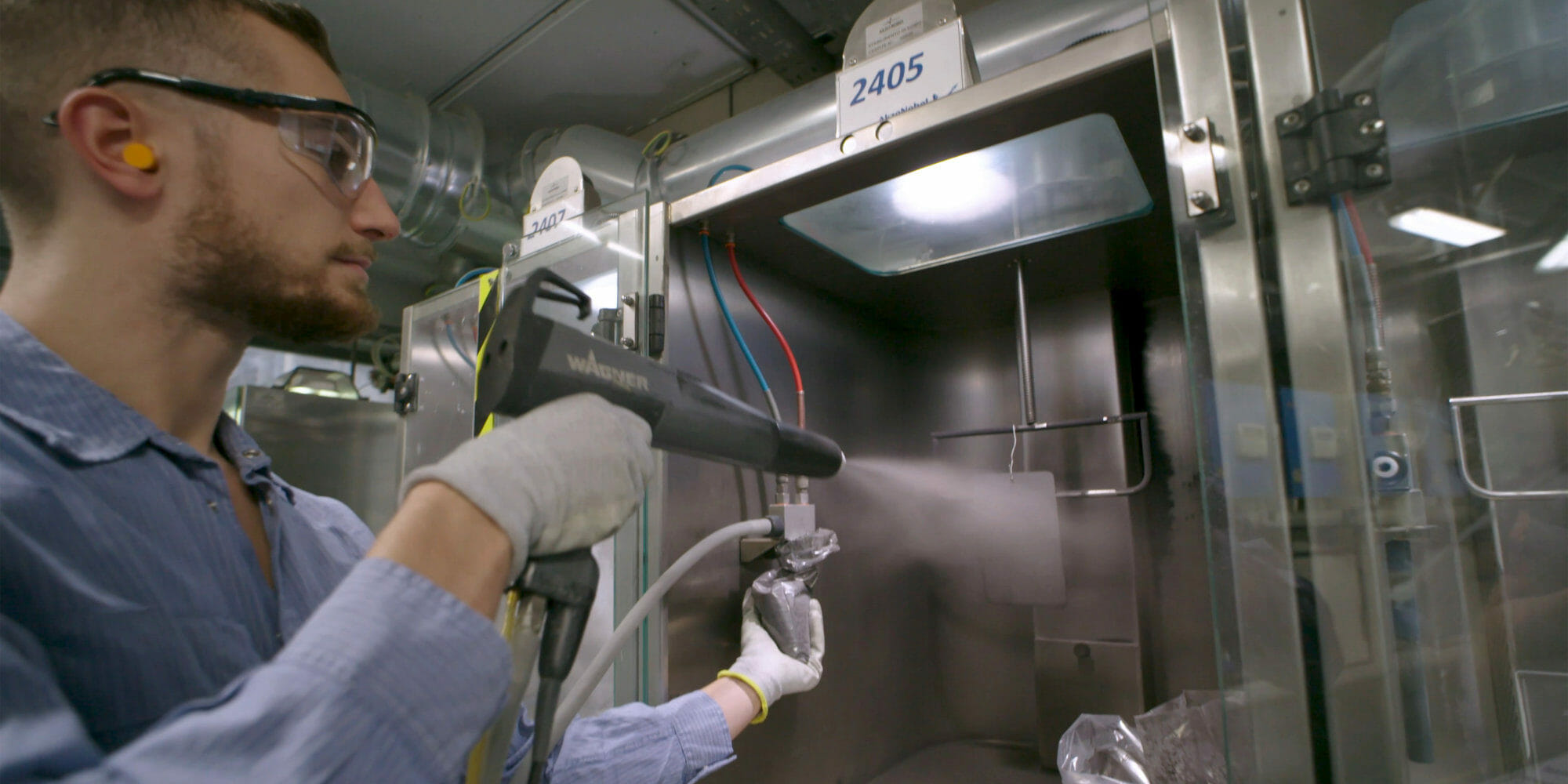
How international health care organizations are using bots to help fight COVID-19
Microsoft’s Healthcare Bot has become the cloud service of choice to handle the massive increase in calls to their healthcare lines.


Leentje Chavatte
Microsoft, Data & AI and Digital Transformation
Savvy businesses are always on the lookout for ways to improve what they do and differentiate themselves from the competition. From organisational restructure to the development of entirely new business models, the quest for continuous improvement takes many forms. But one common factor in almost all modern business leaders’ plans is an emphasis on technological innovation.
Introducing a new technology can seem like an easy win for business leaders searching to give their companies an edge. But the decision should always be preceded by careful consideration of how that technology will impact existing organisational structures.
So, what do we need to consider when introducing new technology, to ensure its assimilation is as smooth as possible?
A flourishing business is a delicate balance of elements – each fulfilling a specific purpose. Much like a Swiss watch, its intricate network of cogs and wheels moves collectively towards precisely defined goals and objectives.
That’s why the sudden introduction of new technology can initially have a disruptive, even unsettling impact on a company’s culture – particularly if it has a transformative influence on well-established processes. Because change is always a challenge to overcome in the workplace.
And when in most modern work environments we find a wide range of experience levels – and also role tenures – it is clear that digital transformation must be accompanied with the same carefully curated change management programme as any other type of organisational restructuring initiative.
So, what does such a programme look like?
The basic principles of change management revolve around two key themes: strong leadership and employee engagement. It’s no surprise then, that successfully implementing large-scale, impactful new technologies can be achieved by applying the same principles.
That’s exactly how Dutch paint and coatings leader, AkzoNobel, managed to roll out a raft of new Internet of Things (IoT) technologies at several of their plants across Europe.
“When we first started using IoT technology on the factory floor, many of our operators were really afraid of it,” recalls Luca Ottolini, Production Manager at AkzoNobel Como, Italy.
But thanks to Luca’s strong leadership and focus on helping his team adapt to using the new technology, a year down the line the new IoT system is accessible for everyone – to the great benefit of the company.
Dutch company, AkzoNobel, has sites in more than 100 countries. At several of their factories across Europe they have implemented Azure IoT technology for the first time. After an adaptation period, the company is now seeing the performance and productivity gains that come from greater connectivity on the factory floor.
Read the full customer story and discover how AkzoNobel made the transition to using Azure IoT technology.